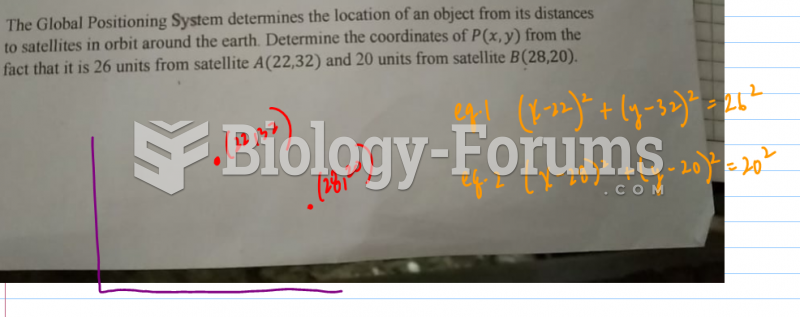|
|
|
Thyroid conditions cause a higher risk of fibromyalgia and chronic fatigue syndrome.
Side effects from substance abuse include nausea, dehydration, reduced productivitiy, and dependence. Though these effects usually worsen over time, the constant need for the substance often overcomes rational thinking.
According to the CDC, approximately 31.7% of the U.S. population has high low-density lipoprotein (LDL) or "bad cholesterol" levels.
Drug-induced pharmacodynamic effects manifested in older adults include drug-induced renal toxicity, which can be a major factor when these adults are experiencing other kidney problems.
The lipid bilayer is made of phospholipids. They are arranged in a double layer because one of their ends is attracted to water while the other is repelled by water.
 Men and women report having fewer days with stressors as they go from middle to older adulthood, and ...
Men and women report having fewer days with stressors as they go from middle to older adulthood, and ...
 A basic principle of symbolic interactionism is that meaning is not inherent in an object or event, ...
A basic principle of symbolic interactionism is that meaning is not inherent in an object or event, ...





